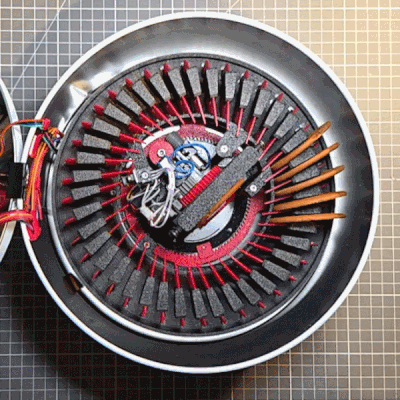There are all kinds of fun, glowing PC cases on the market these days. However, if you want something that focuses on serviceability over flash while still looking stylish, you might like the Makeyo MK01. It’s a PC case that you can print yourself, and [Marst_art] has published a video on what it’s like to whip one up at home.
The MK01 is assembled from lots of smaller parts, so the components can be made on any 3D printer that has a print area of 210 x 210 mm or more. All the outer panels are affixed to the main chassis with magnets, which makes servicing easy. You can just pop off panels when you need to get inside without undoing any fasteners or clips.
Plus, the cool thing about the MK01 is that since you’re printing it yourself, you can easily make whatever mods you like prior to printing it out. [Marst_art] notes that he threw in a USB-C port to the front panel for easy access, and a few internal mounts for 2.5″ SSDs. He also made some mods to the power switch assembly. It also bears noting—you get to choose your own color scheme when you make one of these. This level of customization is something you simply don’t get when you buy off the shelf!
[Marst_art]’s video is a useful guide if you’re planning to undertake such a build yourself. It outlines what it’s like to actually print one of these things on a consumer printer, and how the settings will influence the final look and feel. It’s worth noting that you’ll probably want to print this in ABS or another filament that can handle high heat, unless you’re building a very cool running machine.
It’s not just a great looking case, it’s a highly functional one, too. Files are available on Printables if you’d like to make your own. We’ve featured other printed cases before, too.
Continue reading “3D Printed PC Case Focuses On Ease Of Access”



















